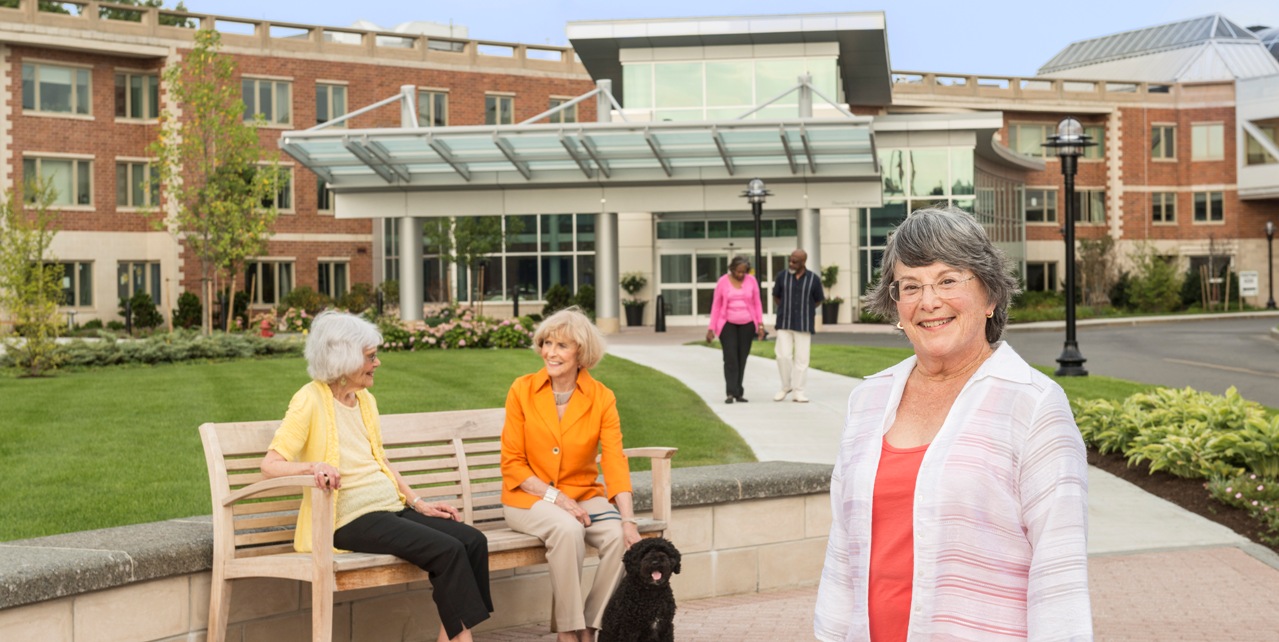 The senior living sector in India is at a crossroad.
The senior living sector in India is at a crossroad.
With the relaxation of Foreign Direct Investment (FDI) restrictions on investments in the sector and increasing population of seniors (over 100 million seniors in India at present) to cater to, there clearly exists an untapped opportunity for investment and development in this sector.
Unlike western countries where the senior living industry has gained maturity, India provides an opportunity to developers, service providers, healthcare players and operators to create solutions specific to India while leveraging learning from across the world.
In the white paper ‘Senior Living Sector In India’, JLL India showcases seniors in India as a demographic segment, brings out key trends in senior housing in India, assesses overall market potential, focuses on best practices, and brings out a pan-India preview of senior living projects in India.
The emerging need for senior housing in India – staying ahead of the curve
Although India is still younger than USA and Japan from a demographic standpoint, the process of ageing has begun in the country. It is anticipated that the elders in India would increase both in absolute numbers and relative strength, indicating a gradual swing to a senior population.
As per Census of India projections, the percentage of elders as a percentage of total population in the country would jump from 7.4% in 2001 to 12.4% in 2026 and touch 19.7% in 2050.
In 2011, India had about 76 million seniors above the age of 60 years, and it is expected that this figure will grow to 173 million by 2025, further increasing to about 240 million by 2050.
This marked increase in elderly population would involve a change in an important sociological aspect, the ‘old age dependency ratio’. Interestingly, by 2050, it is estimated that the number of dependent adults in India will be at par with the number of dependent children. The population pyramid shows that the movement of the bulge in the population northwards to higher age cohorts with time.
Besides growth in sheer numbers, seniors are also evolving as a customer segment and have needs and wants, which are different from seniors in earlier times. A significant section of seniors today are independent, financially stable, well-travelled, socially connected, and as a result have well developed thoughts of how they want to spend time after retirement. There is, today, a larger percentage of educated seniors than ever before in India.
Seniors now consider life after retirement as an opportunity to spend more time with families, pursue hobbies, develop new interests or even continue working or starting a new career.
While it is true that the seniors are more independent and better equipped to take decisions post their retirement, it is equally correct to say that their needs are not rightly understood and therefore not met appropriately by both public and private sector at large. The senior community presents a tremendous opportunity to service providers.
Senior housing segment in a global context
As per the findings by National Family Health Survey in 2005-06 (NFHS-3), every three out of five households (about 63%) in India are nuclear. Increasing life expectancy, decreasing fertility rate, lower mortality rates and an overall enhancement of the standard of living across the world has contributed to people living longer than ever before.
In 2008 as per the National Institute of Aging (USA), it was estimated that the senior population (above 60 years of age) in the world was 506 million. The population of seniors across the world is projected to become 1.3 billion by 2040.
This increase in population in the segment will bring with it unique socio–demographic situations which have not been experienced by society at large. For the first time in human history in 2021, the total number of seniors will be greater than the number of kids below 5 years of age.
While developed nations will still have a large number of seniors, the rate of growth in senior population in developing nations will be double that of developed nations. The 80+ age segment is actually the fastest growing segment amongst population cohorts in several nations.
China and India are projected to have almost 50% of the 1.3 billion worldwide seniors by 2040. Seniors need specialized housing catering to their needs. What started in early 19th century in the USA to cater to housing for seniors mainly through the interventions of religious groups and charitable bodies is now recognized in the USA as a prominent asset class.
Senior housing is a USD 60 billion industry worldwide. In USA alone there are over 520,000 senior housing units with additional 16,000 units under construction.
While the sector commands large numbers, it is also important to get a sense that only about 12% of seniors in the USA live in formal senior living projects. Compare to this Australia has 4% as seniors living in such projects.
In contrast to senior living in the west, the concept of housing for seniors as a specific asset class in India continues to have social stigma associated with it which has restricted the growth of the sector at large.
There is, however, now a growing realization amongst urban households, who in the last 20 – 25 years have witnessed a marked increase in nuclear families that families are no longer equipped to take care of their aged family members.
In this changing social environment, concepts such contemporary retirement resorts are becoming acceptable and popular. While this has prompted developers to come up with projects targeting the independent seniors, the country is yet to see an integrated continuing care retirement communities catering to end to end needs of senior citizens.
By: Manish Kumar, Managing Director – Strategic Consulting, JLL India





